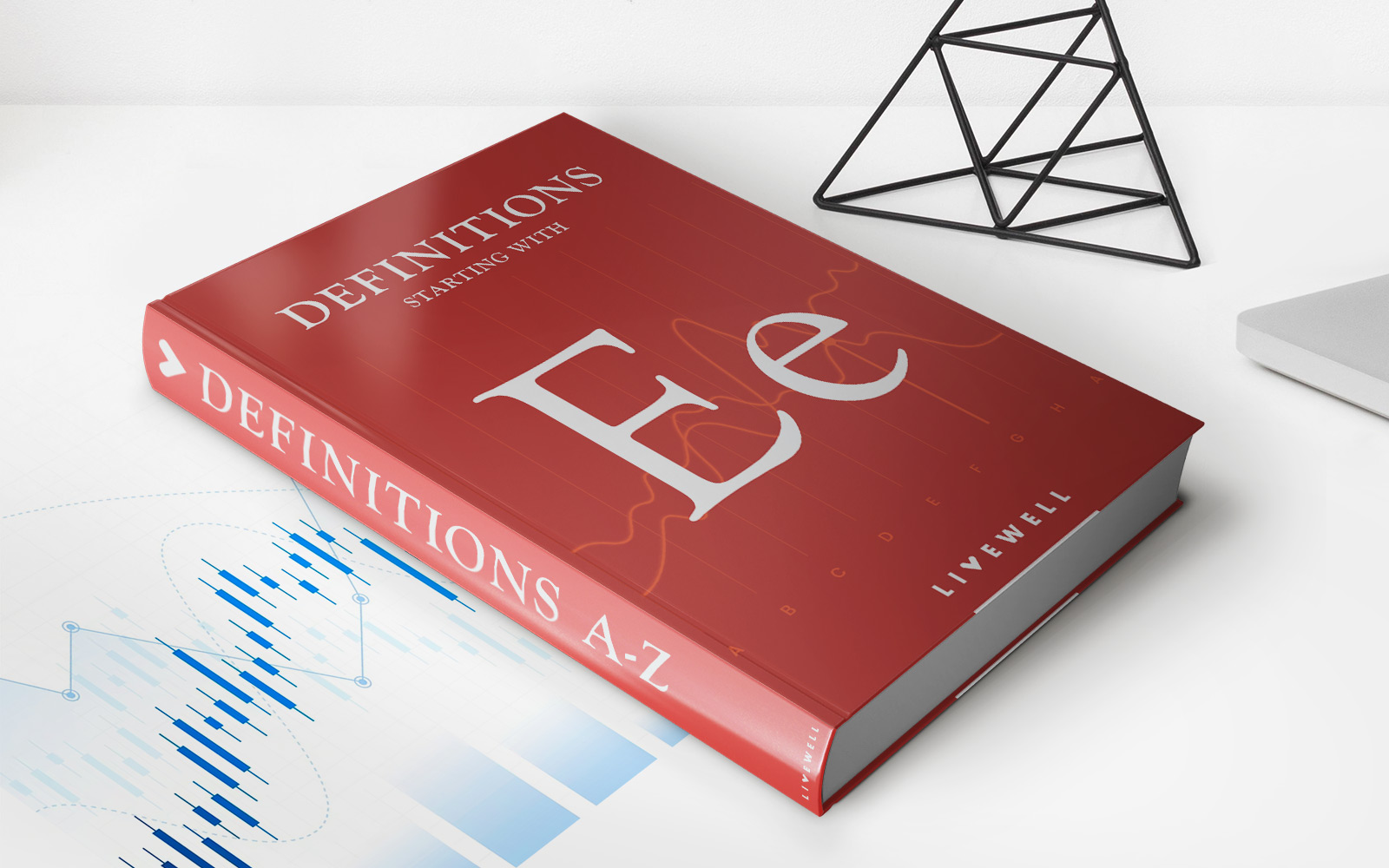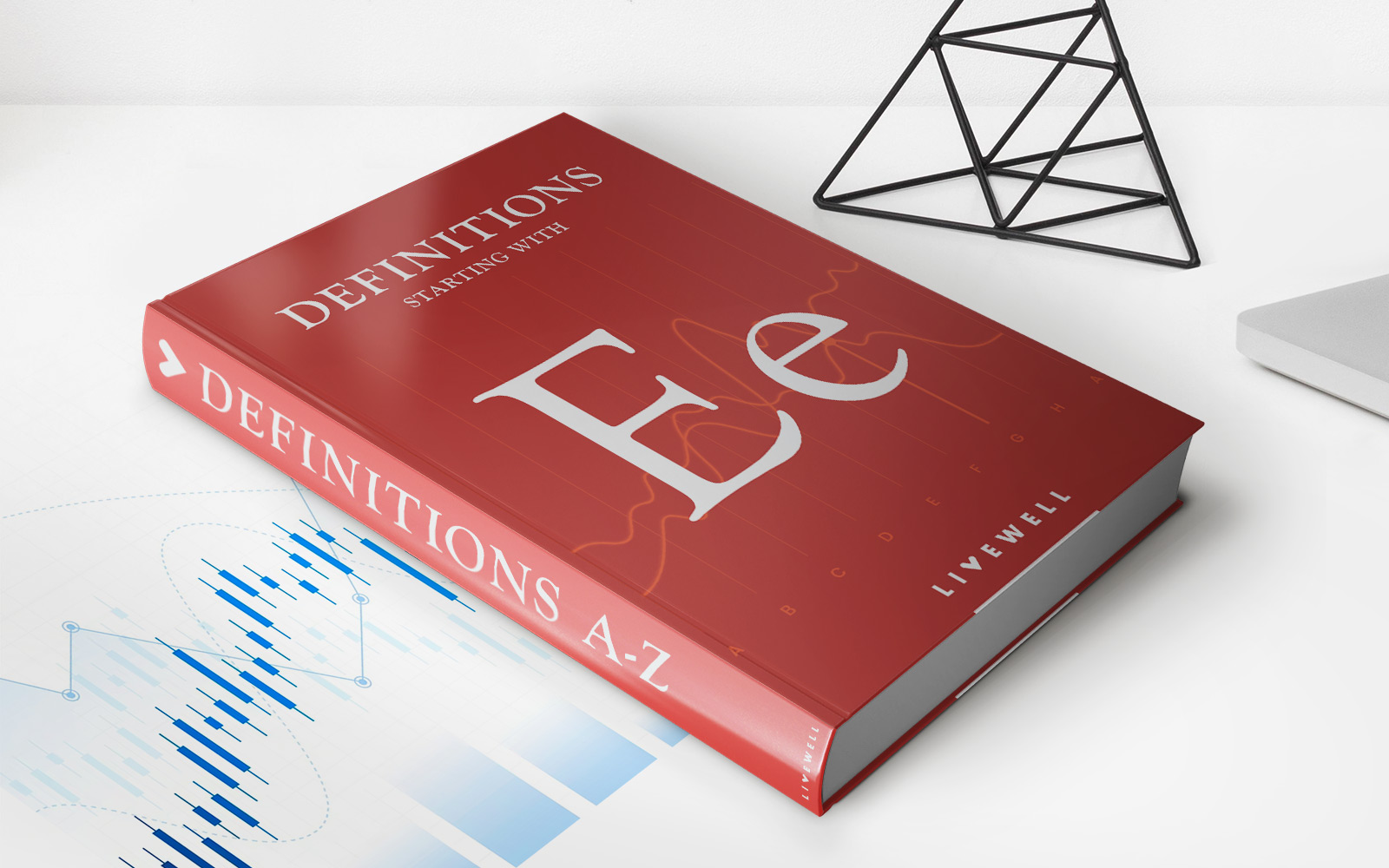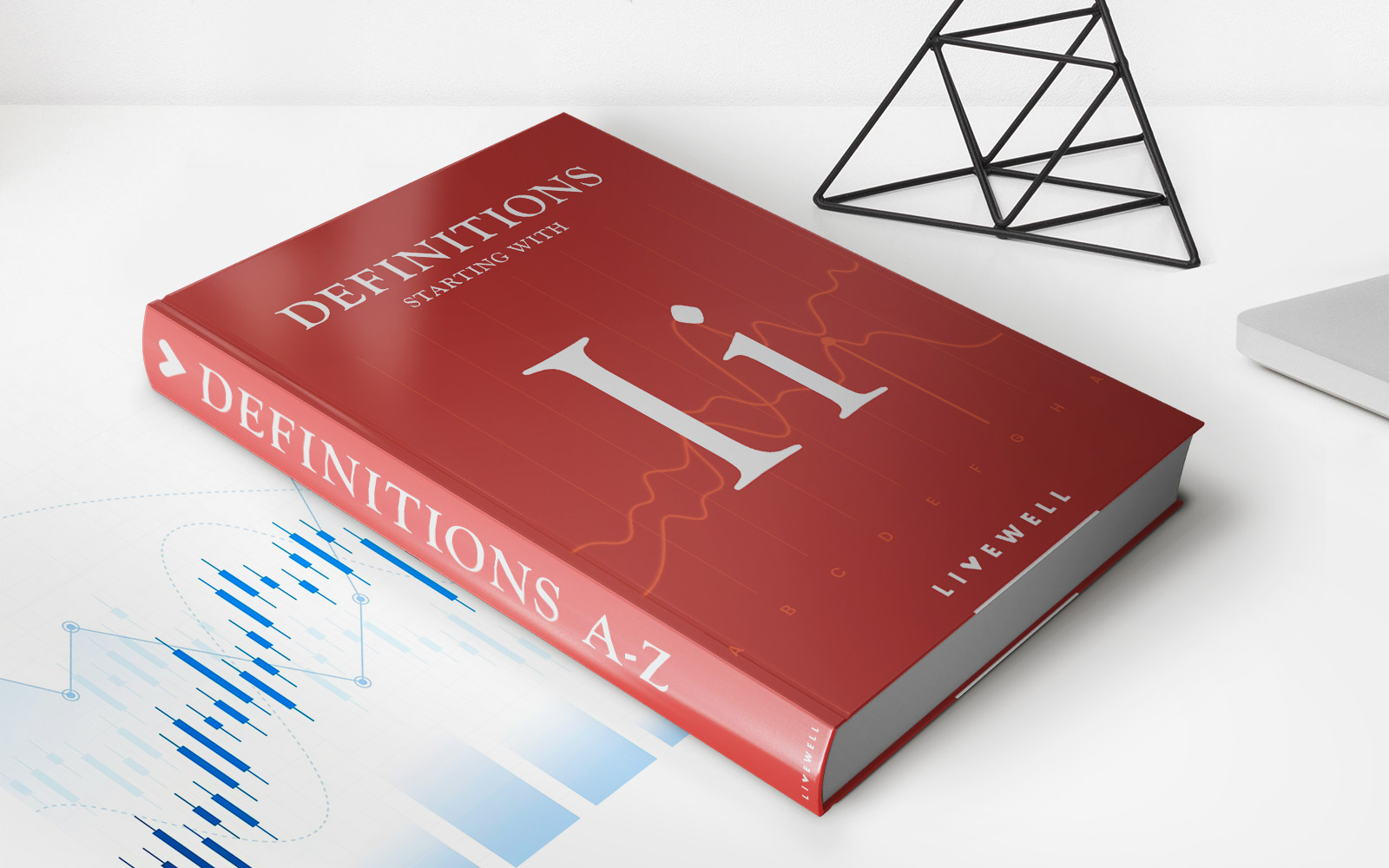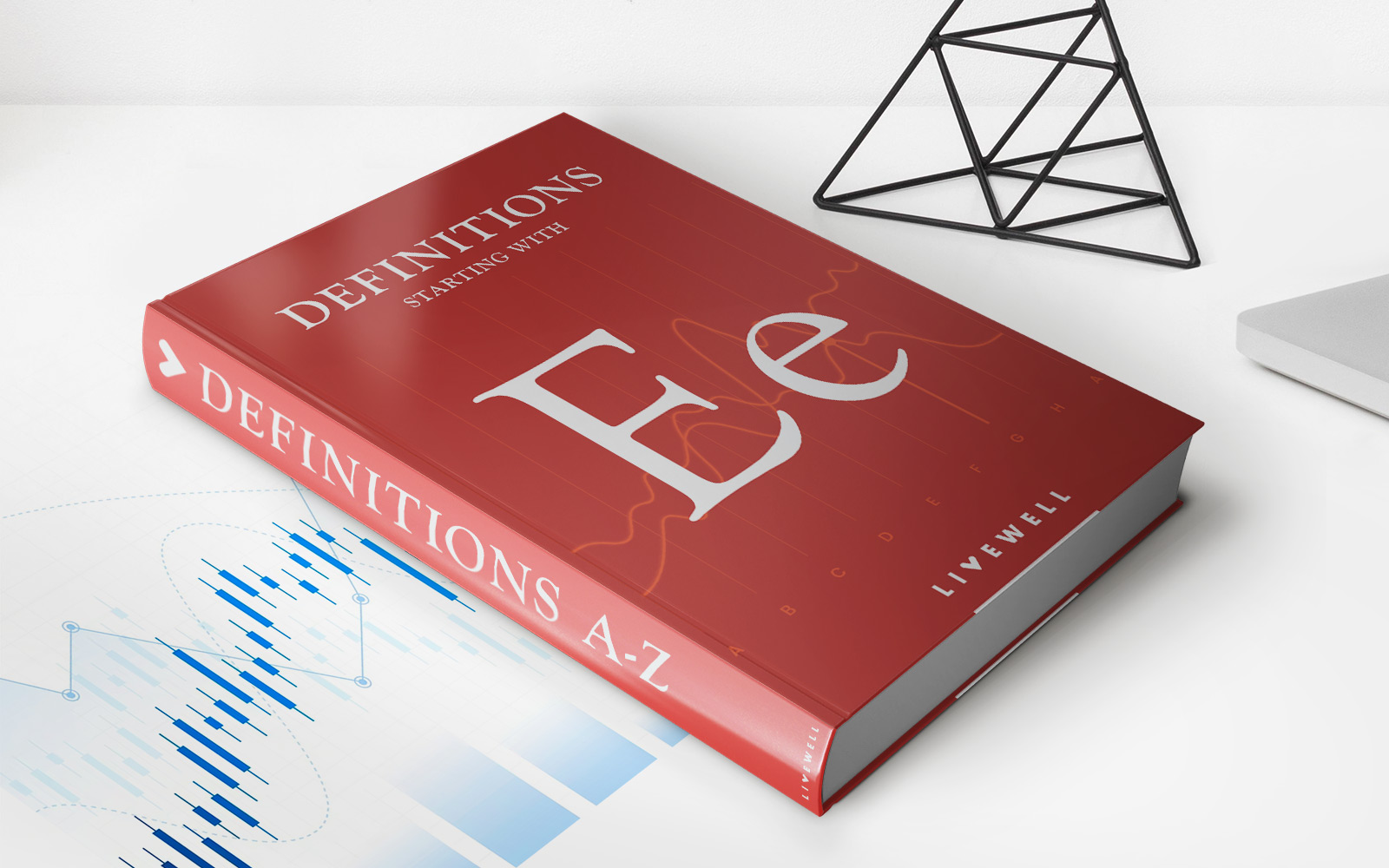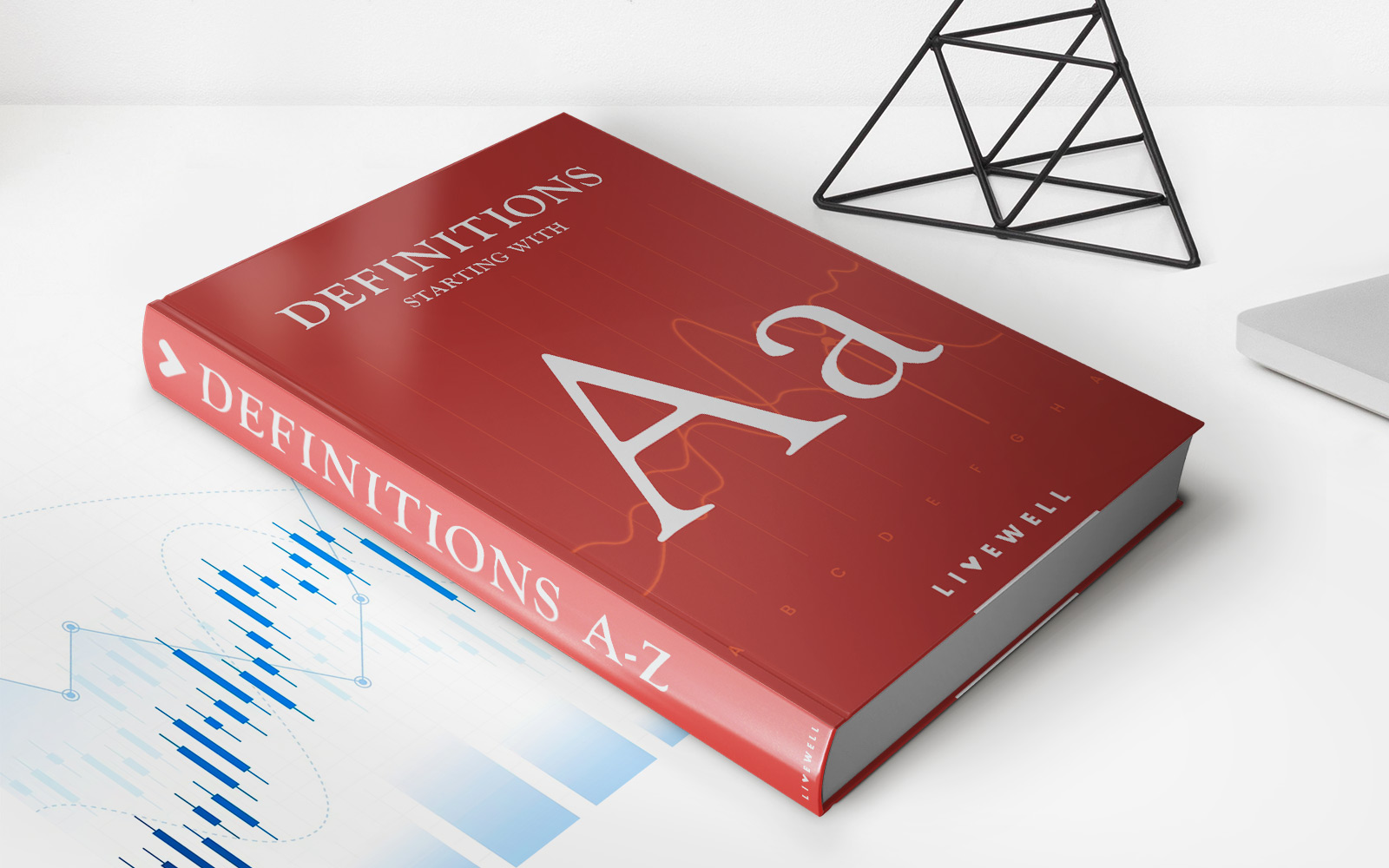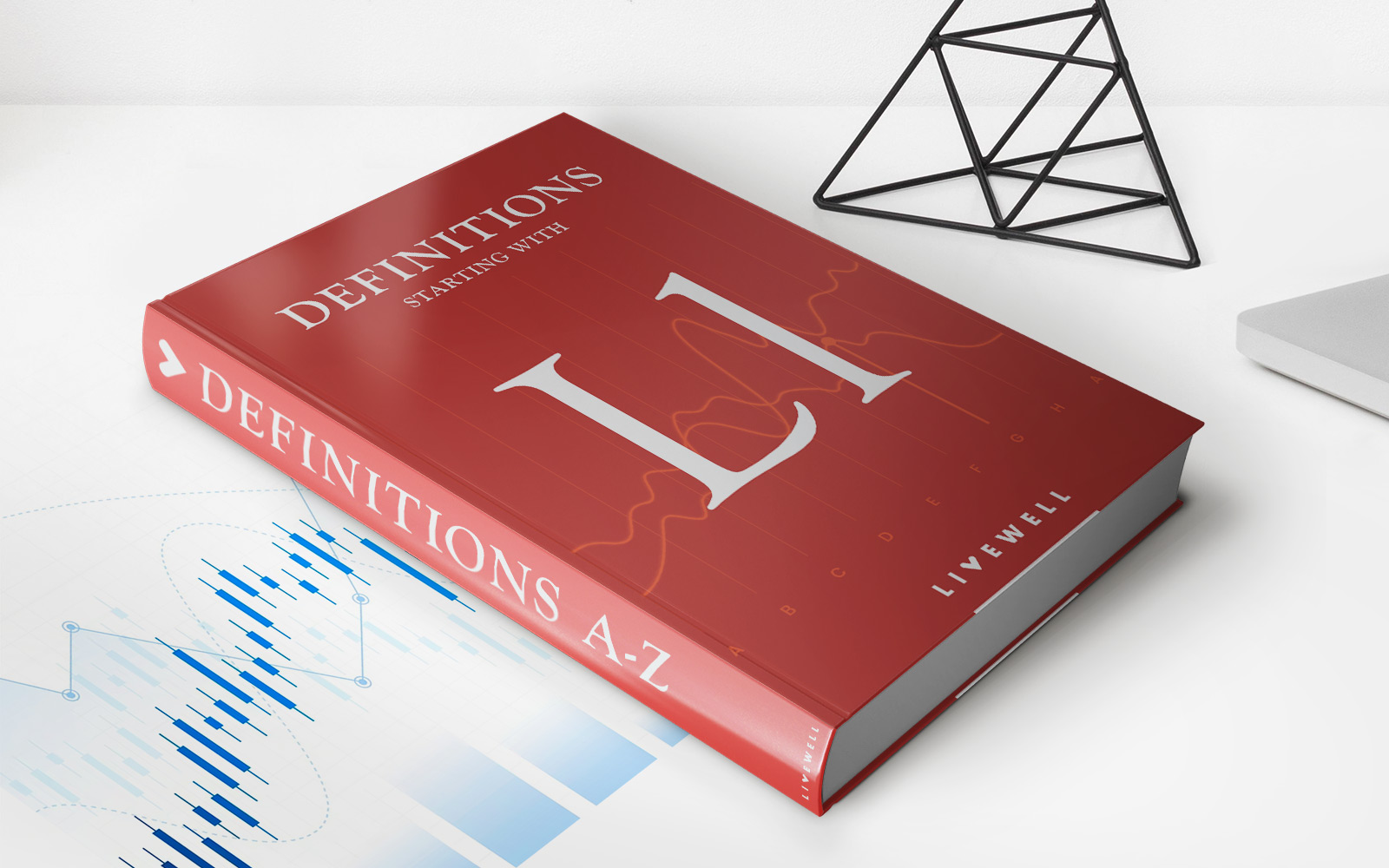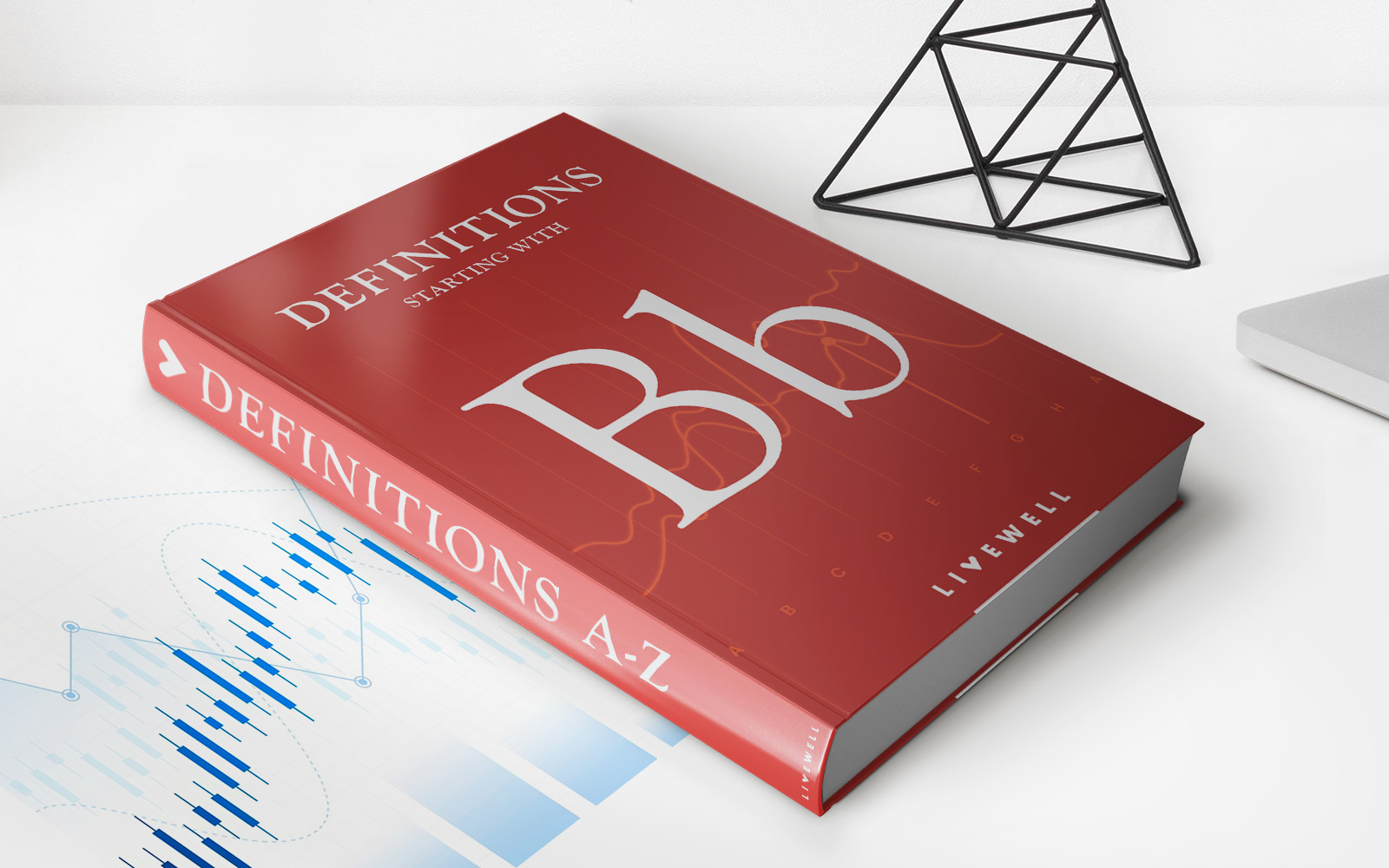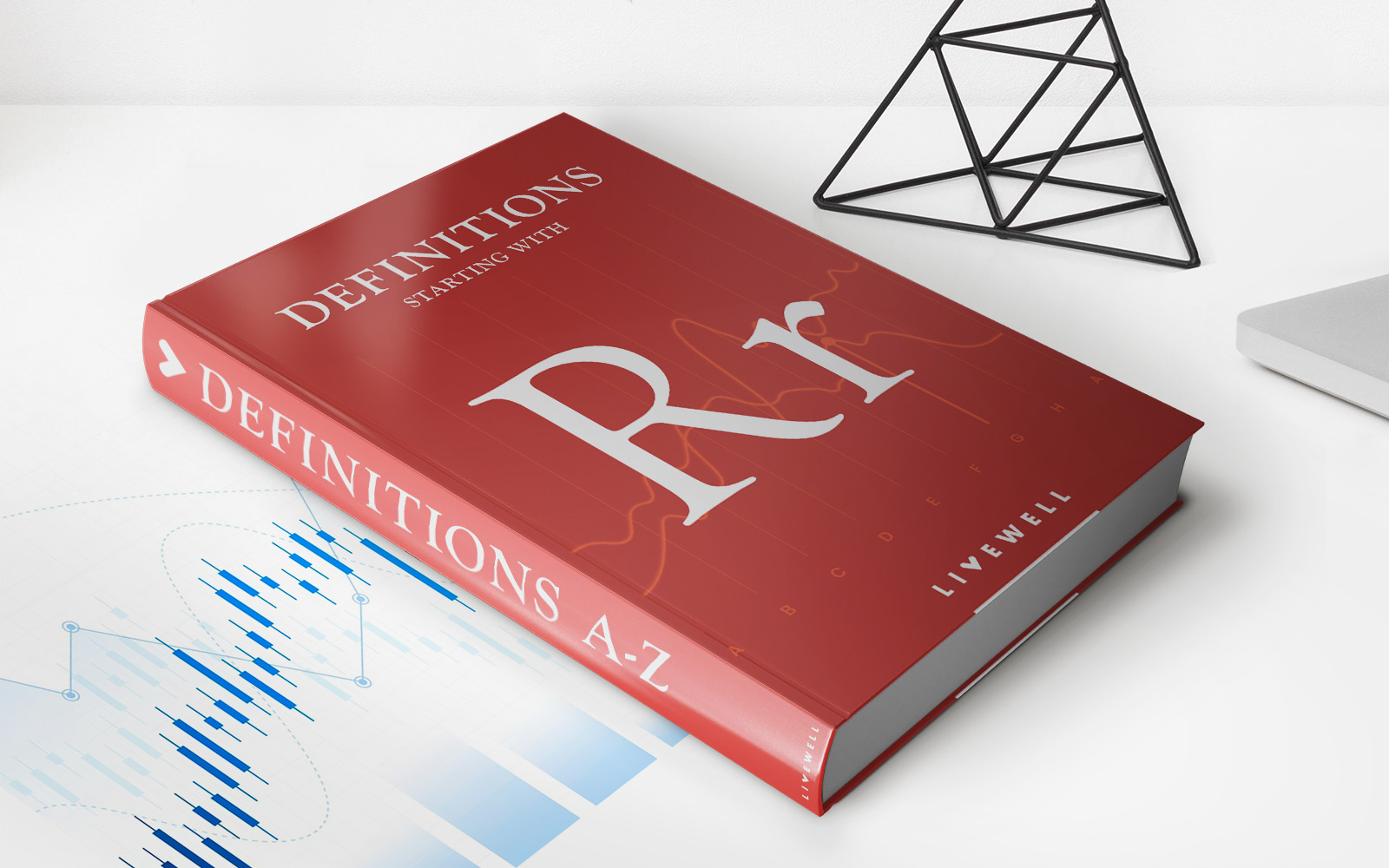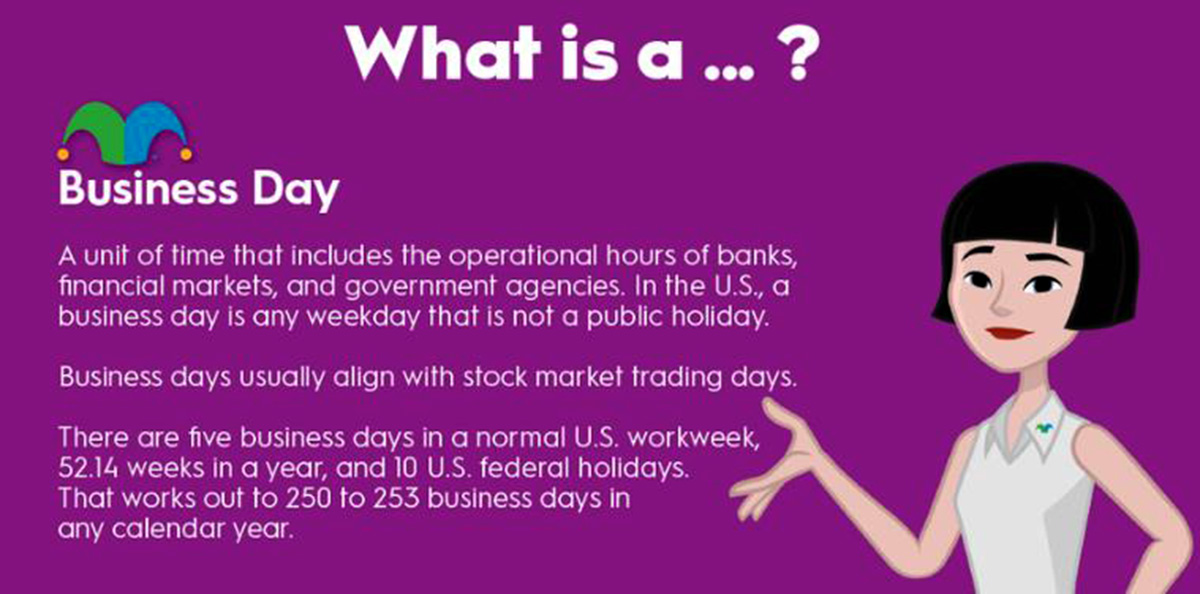Home>Finance>Currency Option: Definition, Types, Features And When To Exercise
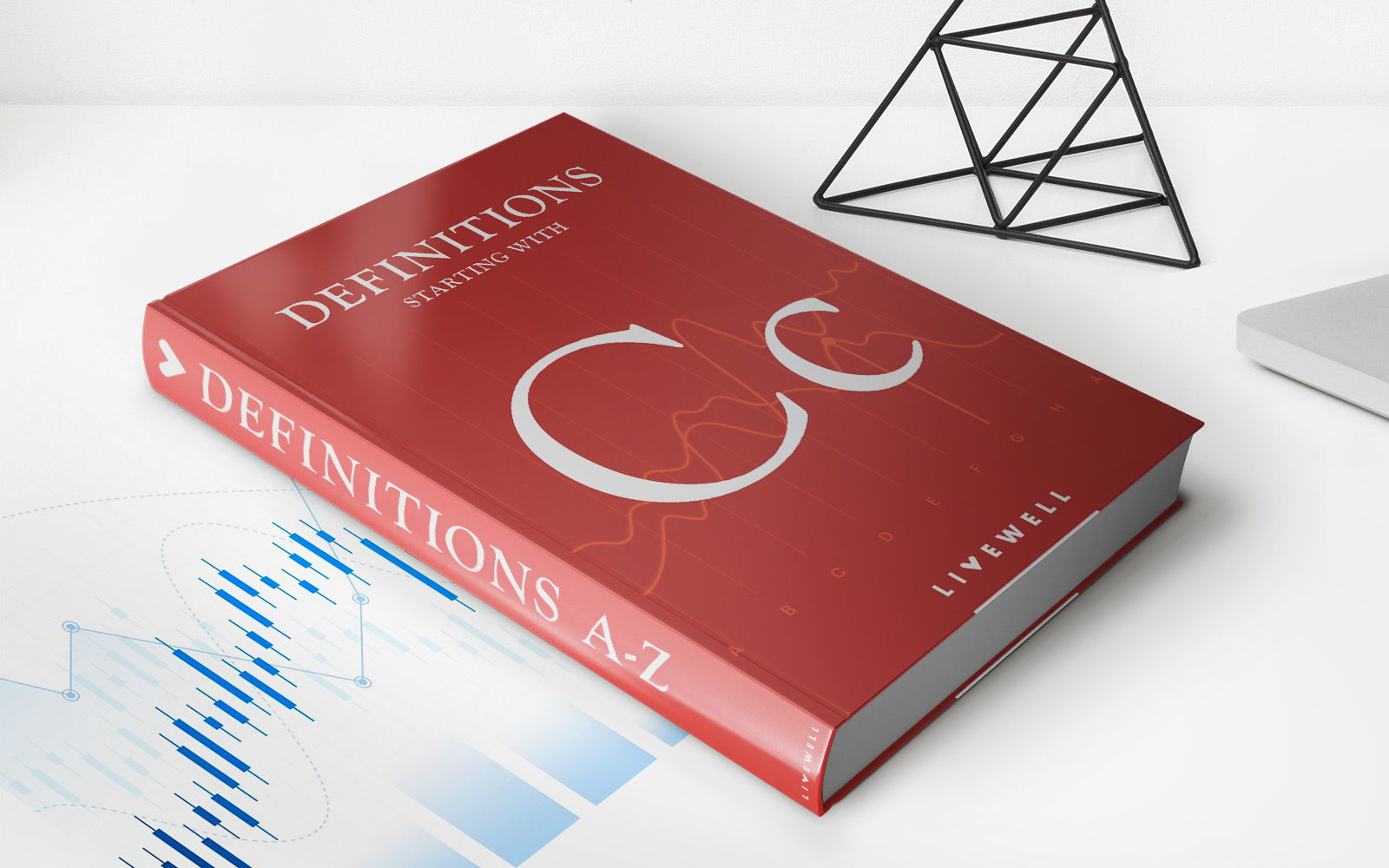

Finance
Currency Option: Definition, Types, Features And When To Exercise
Published: November 6, 2023
Learn about currency options in finance, including their definition, types, features, and when to exercise them. Gain valuable insights into this important aspect of the financial world.
(Many of the links in this article redirect to a specific reviewed product. Your purchase of these products through affiliate links helps to generate commission for LiveWell, at no extra cost. Learn more)
Currency Options: Definition, Types, Features, and When to Exercise
Welcome to the Finance category of our blog! In today’s post, we will be diving into the fascinating world of currency options. Whether you’re new to finance or a seasoned investor, understanding currency options can offer valuable insights and potential opportunities for your portfolio. In this article, we will explore what currency options are, the different types available, their key features, and when it’s best to exercise them.
Key Takeaways:
- Currency options provide investors with the right, but not the obligation, to buy or sell a specified amount of a foreign currency at a predetermined exchange rate within a certain timeframe.
- They offer flexibility, allowing investors to hedge against currency risk, speculate on currency movements, or take advantage of arbitrage opportunities.
Now, let’s delve deeper into currency options and unveil their intricacies:
1. What are Currency Options?
In simple terms, a currency option is a financial derivative that gives the holder the right, but not the obligation, to buy or sell a specific amount of a foreign currency at a predetermined exchange rate (known as the strike price) within a particular time period. Unlike forward contracts or futures, currency options offer the flexibility to choose whether or not to exercise the option.
2. Types of Currency Options:
There are two main types of currency options: call options and put options.
- Call options: A call option grants the holder the right to buy a specified amount of a foreign currency at the predetermined strike price within the specified time period. Call options are typically used by investors who anticipate an increase in the value of the underlying currency.
- Put options: A put option, on the other hand, gives the holder the right to sell a specific amount of a foreign currency at the predetermined strike price within the specified time period. Put options are commonly utilized by investors who anticipate a decrease in the value of the underlying currency.
3. Key Features of Currency Options:
Currency options possess several key features that make them a popular choice among investors:
- Limited risk: The holder of a currency option can only lose the premium paid for the option, offering a defined and limited risk exposure.
- Flexibility: Unlike other derivatives, currency options provide greater flexibility as the buyer can choose whether or not to exercise the option.
- Hedging capability: Currency options enable investors to hedge against potential currency fluctuations, protecting their investments from unwanted exchange rate movements.
- Arbitrage opportunities: Skilled investors can exploit discrepancies in exchange rates between different markets using currency options to execute profitable arbitrage trades.
4. When to Exercise Currency Options:
The decision of when to exercise a currency option depends on the investor’s objectives and market conditions. Here are a few scenarios when an investor might consider exercising their currency options:
- Protection against currency risk: If an investor holds a currency option as a hedge against potential currency fluctuations, they may choose to exercise the option when the exchange rate moves unfavorably.
- Profit-taking opportunity: If an investor holds a currency option and the underlying currency’s value has appreciated significantly, they may decide to exercise the option and lock in their profits.
- Certainty of execution: In some cases, investors may choose to exercise currency options when they have a specific need for the underlying foreign currency at the predetermined exchange rate.
Remember, the decision to exercise a currency option should be carefully evaluated based on individual circumstances and market conditions.
By now, you should have a better understanding of currency options, their types, key features, and when it’s appropriate to exercise them. Incorporating currency options into your investment strategy can provide you with valuable tools to manage risk, speculate on currency movements, and potentially enhance your overall portfolio performance.
We hope this article has been informative and has provided you with the knowledge you need to navigate the world of currency options. Stay tuned for more insightful finance articles on our blog!
